
Contemplating what to do with all these butterflies I’ve made with various prints, paintings etc., there are over a hundred now with no end in sight, just a little obsessed….

Contemplating what to do with all these butterflies I’ve made with various prints, paintings etc., there are over a hundred now with no end in sight, just a little obsessed….
Went to see the retrospective of David Blackwood’s work at the Art Gallery of Greater Victoria this past weekend: Black Ice: Prints from Newfoundland. It was amazing to see so many of his prints in real life after following his work for so long. The show had about 75 pieces from the 250 works that the AGO has in their collection. I loved seeing a series of 11 drawings and prints that show some of the development of his most famous print “Fire Down on the Labrador”, as well as the actual copper etching plate. David Blackwood was in attendance and gave an artist talk, highlighting some of the history and process behind his work, it was fascinating to see some of the historical photographs that have inspired him. I loved hearing him say he figures you have to be “abnormal” to do etching as it is so incredibly demanding, this is true of many art forms and artists! I also loved that after poring over his work for the afternoon, my friends and I had so much to discuss, and especially that we saw the beach, the water, the stones in etching textures for the rest of the afternoon…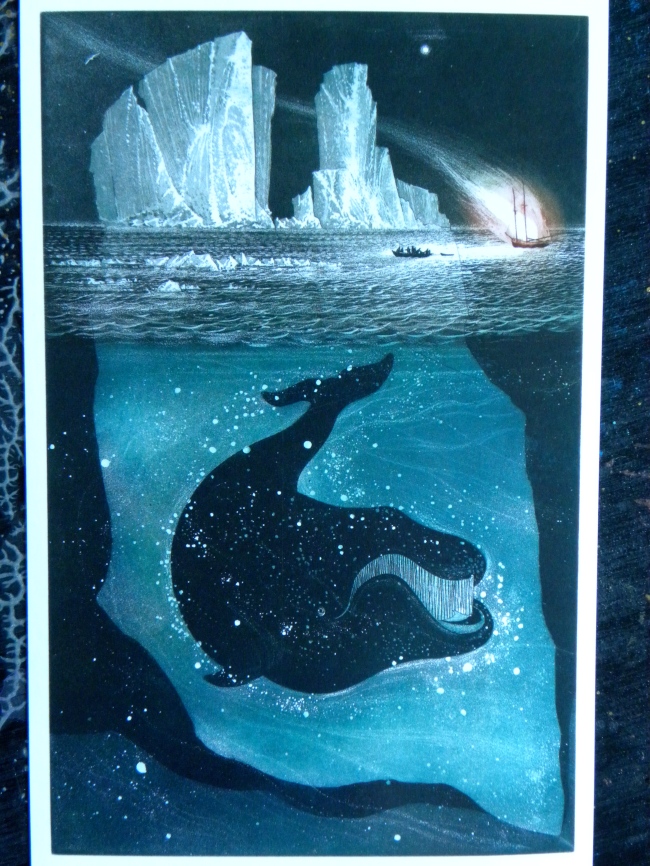
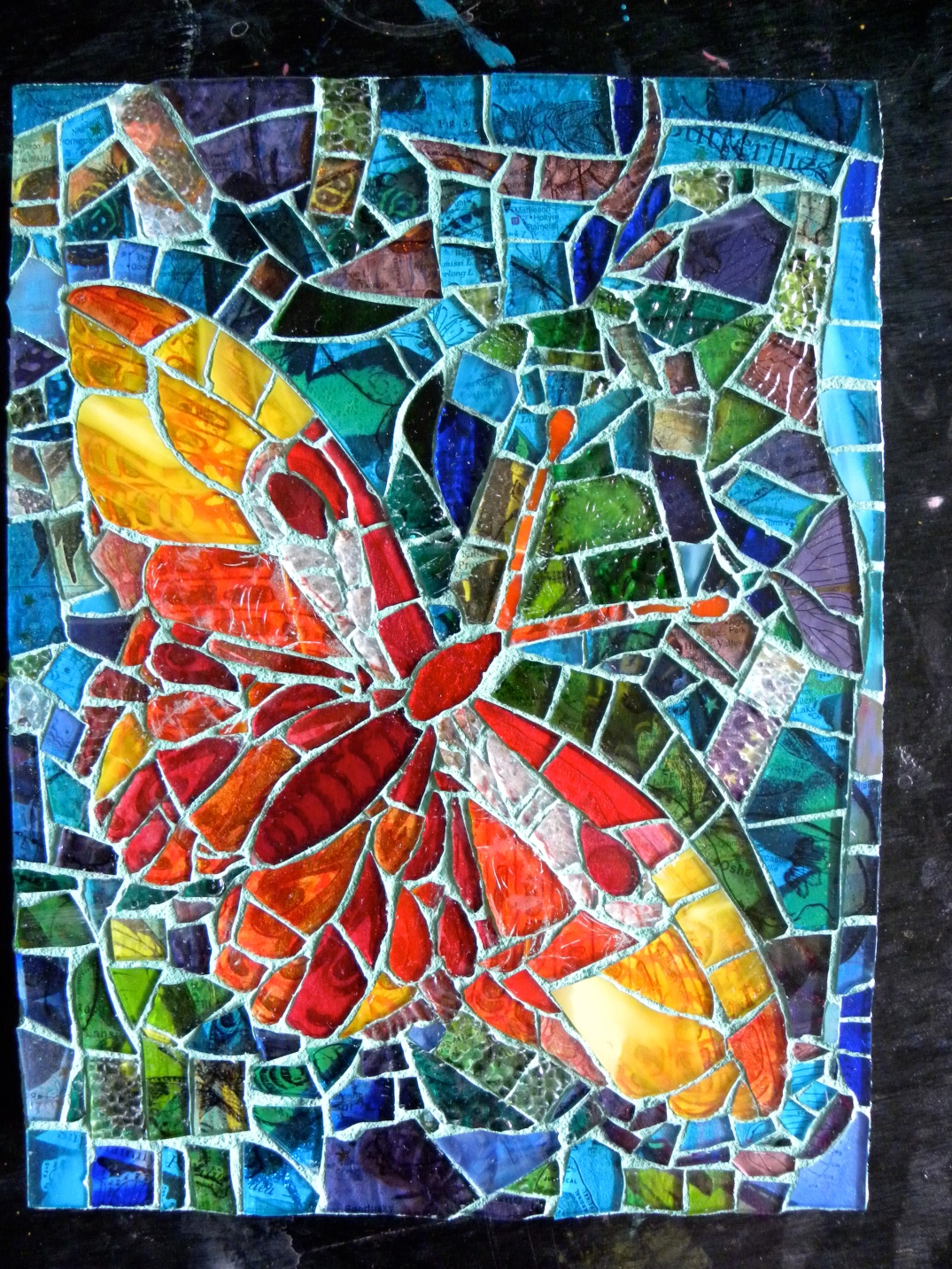
Mixed media piece – stained glass mosaic on a collaged wooden substrate. (9″ X 12″)

I made this by painting/stencilling on a canvas, and then creating the mosaic with cut & torn pieces of my rice paper prints. (22″ X 28″)
Hoping to get to see this show this weekend when I head over to Vancouver… (hmmm the pictures of his art aren’t showing here)
Art Spiegelman
CO-MIX: A Retrospective of Comics, Graphics and Scraps
February 16 to June 9, 2013
Art Spiegelman
Self Portrait with Maus Mask, 1989
Courtesy of the Artist
Art Spiegelman
Study of the Cover of RAW no.7,
The Torn-Again Graphix Mag, c. 1985
mixed media
Courtesy of the Artist
CO-MIX: A Retrospective of Comics, Graphics and Scraps, is the first retrospective exhibition of the acclaimed comic artist, Art Spiegelman, and includes examples from all facets of his diverse career. Tracing Spiegelman’s considerable artistic output, the exhibition features more than 400 preparatory drawings, sketches, studies and panels relating to his early underground “comix” from the 1970s, his best-known and genre-defying work, Maus, and his more recent illustrations and comic art, including his powerful response to 9/11, In the Shadow of No Towers.
Beginning with his time as an art teacher at the San Francisco Academy of Arts University in the late 1970s, when Spiegelman first came into contact with the underground comix scene led by Robert Crumb, the exhibition will include a selection of his contributions to the iconic Arcade magazine, which he co-published with Crumb and Bill Griffiths. These early pieces, among the first of his published works, offer a glimpse into his struggle to channel cultural commentary into biting, subversive comics. The publication of Breakdowns, in 1977, offered a retrospective view of Spiegelman’s interest in complex notions of narrative and styles of expression. Drawing on a wide range of artistic styles and strategies, he developed dynamic new ideas within the field of comics. For twenty years Spiegelman also worked as a writer, illustrator, art director, graphic designer and general idea man for Topps Bubblegum, producing trading cards, stickers and candy products for the popular Garbage Pail Kids and the Wacky Packages series.
A significant portion of the exhibition is devoted to Maus, the work that in its myriad forms has consumed the artist throughout his career. Published between 1978 and 1991, this autobiographical graphic novel juxtaposes Spiegelman’s father’s experience during the Second World War with an account of the strained relationship between father and son in the present. Spiegelman originally published sections of Maus in RAW, an influential magazine that he created and edited along with Francoise Mouly from 1980 to 1991. RAW included work by comic artists from around the world, many of whom would later receive considerable acclaim, and evidences Spiegelman’s skill as an editor. The exhibition includes research material, preliminary sketches, photographs and storyboards related to the production of Maus, along with designs, pages and publications that reveal RAW’s legacy. Spiegelman’s narrative and formal innovations in Maus would prove influential to an entire new generation of comic artists.
The final section of the exhibition considers Spiegelman’s production since the publication of Maus, including his commercial work for The New Yorker magazine, his Little Lit anthologies for children and his most recent book-length efforts, In the Shadow of No Towers and Portrait of the Artist as a Young %@?*!.
Art Spiegelman was born in Stockholm and immigrated with his family to Queens, New York in 1951. This is the first major exhibition of Spiegelman’s work since the MoMA exhibition of Maus in 1992.
Co-produced by the Vancouver Art Gallery; the Ludwig Museum, Cologne and the Jewish Museum, New York.
Lead Support:
The Arnold and Anita Silber Family Foundation Additional Support: Lohn Foundation Media Sponsor:
The Vancouver Sun


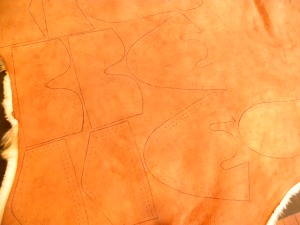

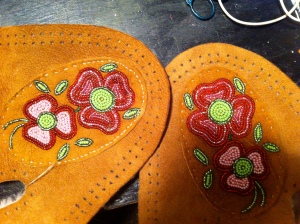
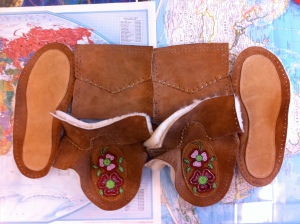

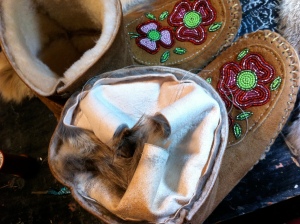

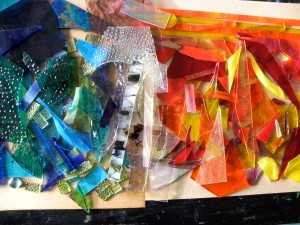 I just finished reading Chris Tyrell Loranger’s editorial in the February issue of the Opus Art Supplies “Visual Arts Newsletter”. I found it was a very timely topic: “Making Resolutions Work”. I recently made myself a number of goals in my art life that I want to work towards. Now this sure isn’t the first time I’ve made goals, some have been reached, but recently, many haven’t. In his article Chris goes over a number of points but the one that caught my attention concerns disclosure “…It is this involvement with others that leads to my second point: disclosure. Telling your friends and colleagues, writing on your wall on Facebook, or Tweeting about your (carefully developed) goals is a vital part of a successful resolution or pledge. Your friends provide support, direction, encouragement, and reward. Resolutions or pledges that are not shared are secrets and easy to abandon. But disclosed resolutions are far more successful. Whereas it takes a lot of time and hard work to find the right artists with whom to exhibit and together develop a compelling artist statement, it is easy to disclose. All you have to do is make a few calls, write a post, or contact a few friends.”
I just finished reading Chris Tyrell Loranger’s editorial in the February issue of the Opus Art Supplies “Visual Arts Newsletter”. I found it was a very timely topic: “Making Resolutions Work”. I recently made myself a number of goals in my art life that I want to work towards. Now this sure isn’t the first time I’ve made goals, some have been reached, but recently, many haven’t. In his article Chris goes over a number of points but the one that caught my attention concerns disclosure “…It is this involvement with others that leads to my second point: disclosure. Telling your friends and colleagues, writing on your wall on Facebook, or Tweeting about your (carefully developed) goals is a vital part of a successful resolution or pledge. Your friends provide support, direction, encouragement, and reward. Resolutions or pledges that are not shared are secrets and easy to abandon. But disclosed resolutions are far more successful. Whereas it takes a lot of time and hard work to find the right artists with whom to exhibit and together develop a compelling artist statement, it is easy to disclose. All you have to do is make a few calls, write a post, or contact a few friends.”
I’ve started this process by telling some friends and family some of the ideas I’m working on, but I figure it’s time to push ahead and take more of a risk and say them out loud so to speak. So, here goes:
– create a blog/website with galleries of my art
-finish some pieces of art that have been hanging around for way too long
-finish creating and framing art for my “Birds, Bones & Butterflies” show idea & find somewhere to show it
-create some products to sell on my website
Stay tuned for progress reports……
Anyone else have goals they would like to disclose?
Steps to making my raven glass mosaic:


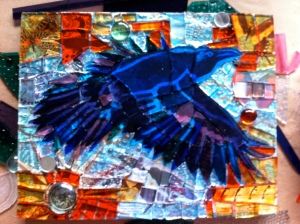

After many weeks of getting my computer fixed, updating my computer, getting it fixed some more, finding out it didn’t really need to get fixed, waiting for a new modem, etc. etc. I am finally back up and running and all up to date, I hope! While wading through all these technical difficulties I have been taking photos of my ongoing art projects, so I’m going to start posting them next…. whew, back to the art!